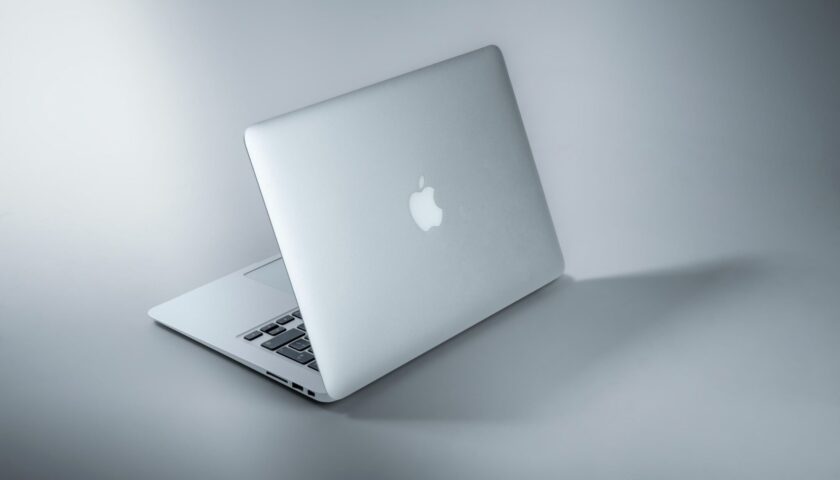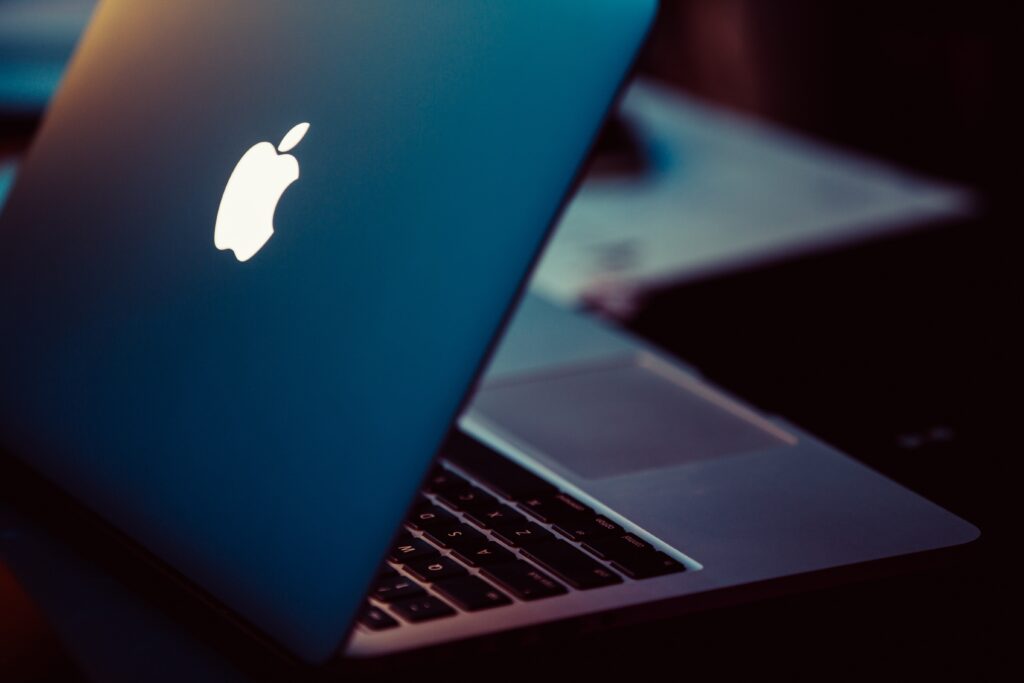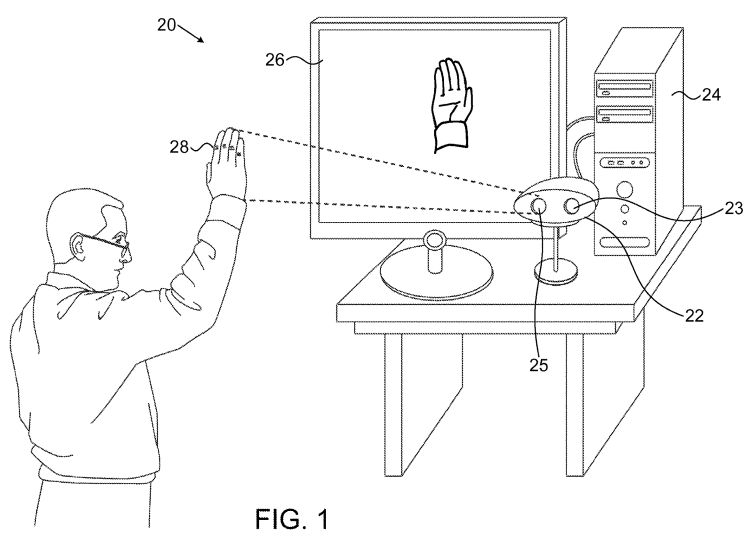The technology associated with the man-machine interface is advancing by leaps and bounds each passing day. The user interface (UI) is a broad term that entails how a user can control machines. Disciplines like psychology and ergonomics are considered crucial design considerations while creating any UI. The main aim is to optimize the inputs (by the human) and outputs (to the human) to get an efficient, easy, comfortable and enjoyable experience along with up-to-the-mark security features.
Keyboards, mice, and gamepads are just some of the many input hardware components that assist human-machine interaction. A touch biometric system prevents unauthorized access to sensitive data. For instance, several advanced UI technologies, tactile UI, auditory UI, olfactory, etc., solve the purpose of user’s experience enhancement up to some extent. Organizations like Microsoft, Apple, etc., have devoted their R&D to upgrade this area further. Apple’s recently granted patent US10345684B2 titled “Pattern projection and imaging using lens arrays” discusses such an advancement, i.e., in-air recognition of gestures for a 3D UI to control future iMacs.
By making a touchless gesture with a finger or hand, or any other object, the user can control electronic devices. Detection of gestures may be user-configurable or preconfigured by the maker. The system generates the depth maps of the body parts by measuring the Time of Flight (ToF) of the reflected photons from the object (hand) to perceive the gesticulation.
As discussed before, to avert any unauthorized access, the Face ID system for Macs can replace the touch ID biometric system like that of the iPhone. Furthermore, the recently published patent application US20200097747A1 titled “Light recognition module for determining a user of a computing device” discloses a system of this type in which the controller of the light pattern recognition module compares the predetermined light pattern to a targeted light pattern to authenticate any user. In this invention, the system can perform diverse functions such as capturing the face gestures and emotions, device unlocking, etc.
If Apple decides to bring these advancements to the next generation of Macs, the user-friendly features, providing additional security and convenience to the users, can revolutionize the personal computer market once again. Hopefully, the complete product with these improvements will be available soon. But, till then, we may expect further advancements in this area as Apple’s continuous and aggressive Research and Development always surprises us with their innovations.



